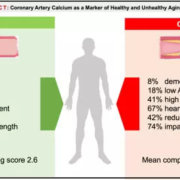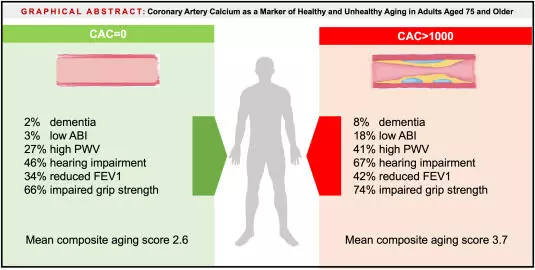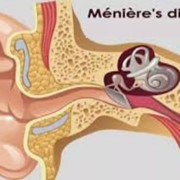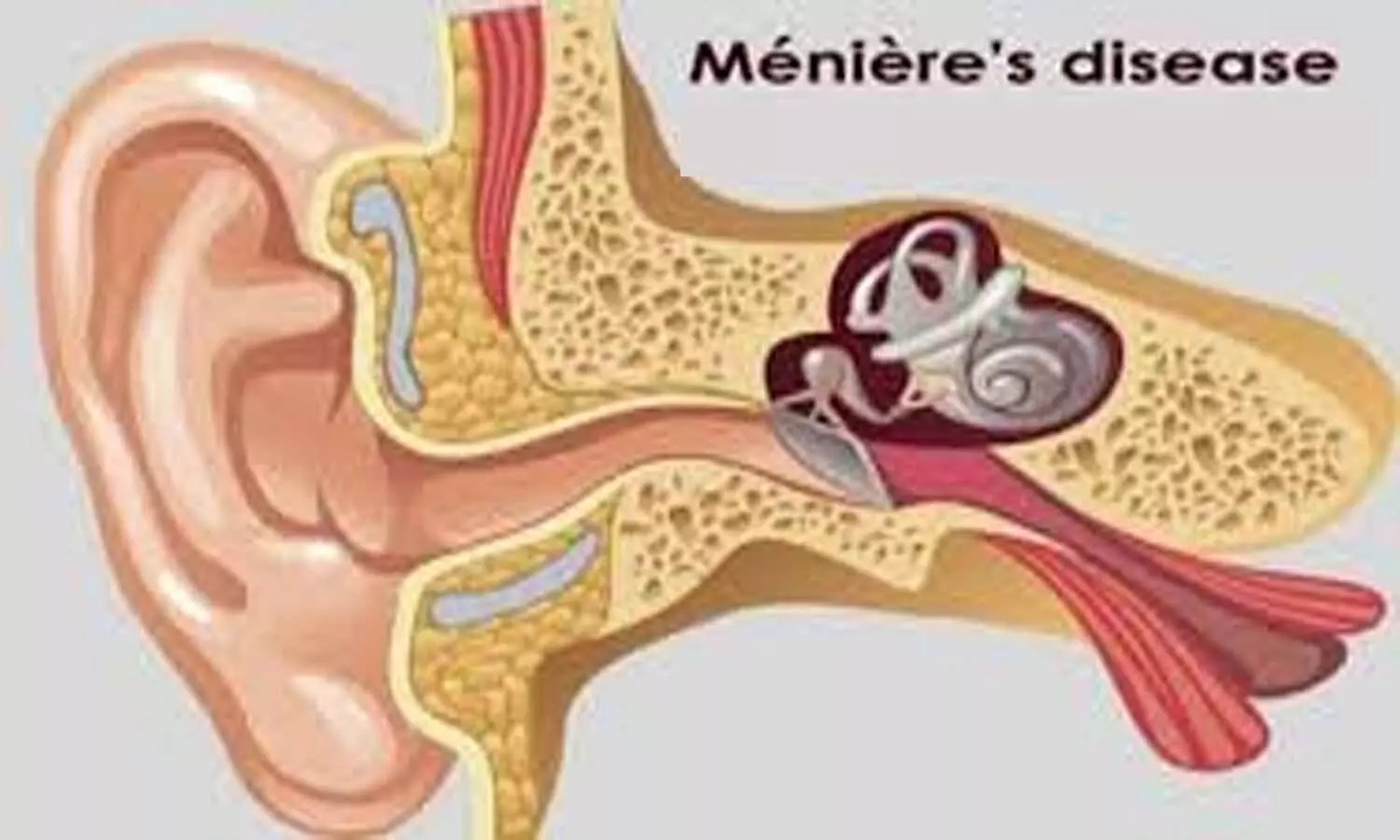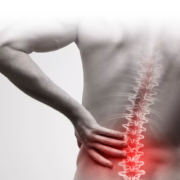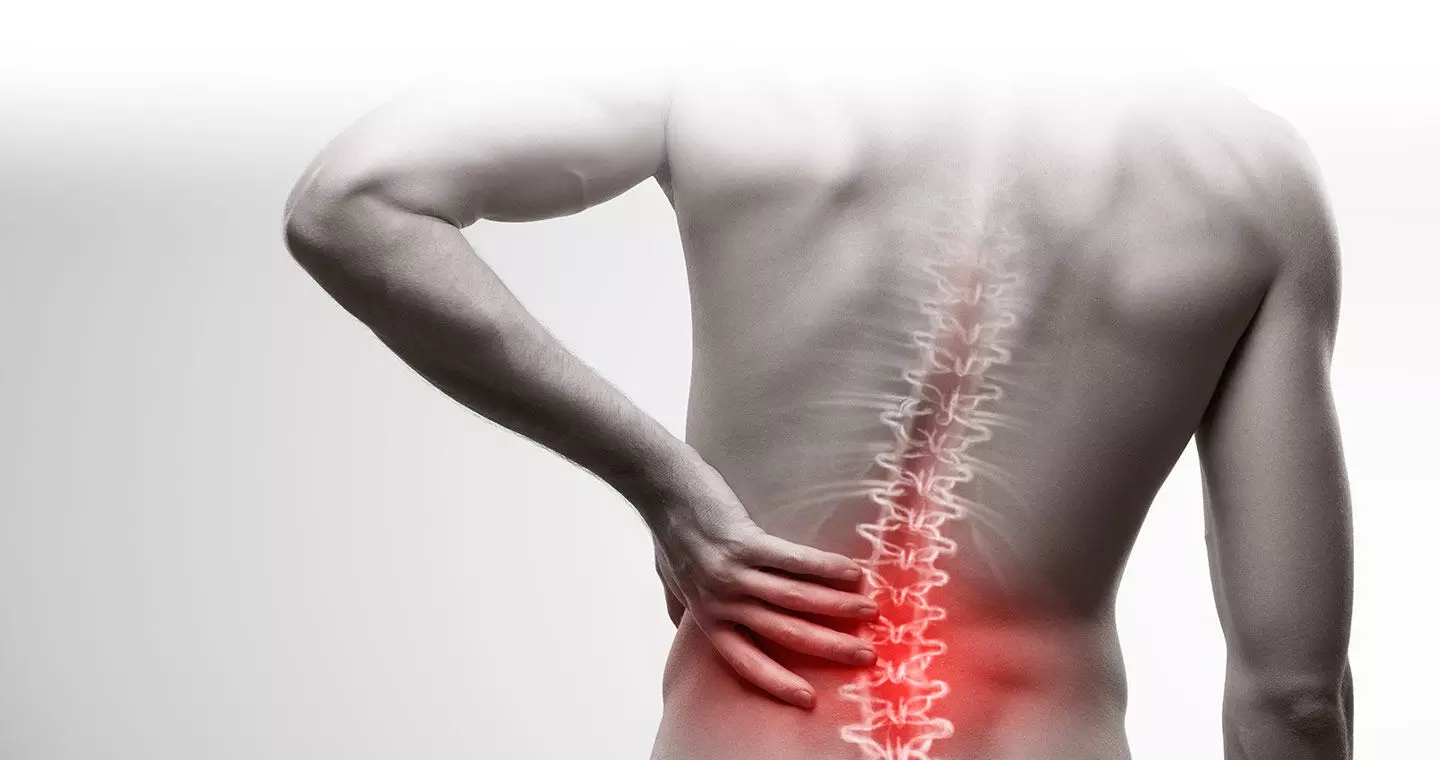Xanomeline and trospium chloride combination therapy effective for schizophrenia: Study

The EMERGENT-2 trial published in The Lancet unveiled the promising efficacy and safety of KarXT, a combination of xanomeline and trospium chloride for schizophrenia. The study was conducted from December 2020 to April 2022 and explored the potential of these drug in managing acute psychosis in individuals with schizophrenia.
KarXT is a dual M1 and M4-preferring muscarinic receptor agonist that doesn’t block D2 dopamine receptors. This unique mechanism could revolutionize schizophrenia treatment, addressing a critical need for new approaches in managing the condition.
This double-blind, placebo-controlled, randomized trial involved a total of 252 participants aged 18–65 with a recent worsening of psychosis requiring hospitalization. The primary endpoint was the change from baseline to week 5 in the Positive and Negative Syndrome Scale (PANSS) total score.
The results found that the KarXT group demonstrated a mean change of –21.2 points compared to the placebo group’s –11.6 points in PANSS total score. This difference with a least squares mean difference of –9.6 emphasized the potential of KarXT as an effective intervention.
All secondary endpoints were also met with further underlining the superiority of KarXT over the placebo. The findings reported a range of common adverse events, including constipation, dyspepsia, headache, nausea, vomiting, hypertension, dizziness, gastro-oesophageal reflux disease, and diarrhea. Also, rates of extrapyramidal motor symptoms, akathisia, weight gain, and somnolence were similar between both the groups.
This suggest that KarXT can effectively reduce both positive and negative symptoms associated with schizophrenia by presenting itself as a potentially well-tolerated alternative to existing antipsychotic medications. This success sets the stage for further investigation, with ongoing trials such as EMERGENT-3, EMERGENT-4, and EMERGENT-5 expected to provide additional insights into the long-term efficacy and safety of KarXT in schizophrenia management.
Reference:
Kaul, I., Sawchak, S., Correll, C. U., Kakar, R., Breier, A., Zhu, H., Miller, A. C., Paul, S. M., & Brannan, S. K. (2023). Efficacy and safety of the muscarinic receptor agonist KarXT (xanomeline–trospium) in schizophrenia (EMERGENT-2) in the USA: results from a randomised, double-blind, placebo-controlled, flexible-dose phase 3 trial. In The Lancet. Elsevier BV. https://doi.org/10.1016/s0140-6736(23)02190-6
Powered by WPeMatico




